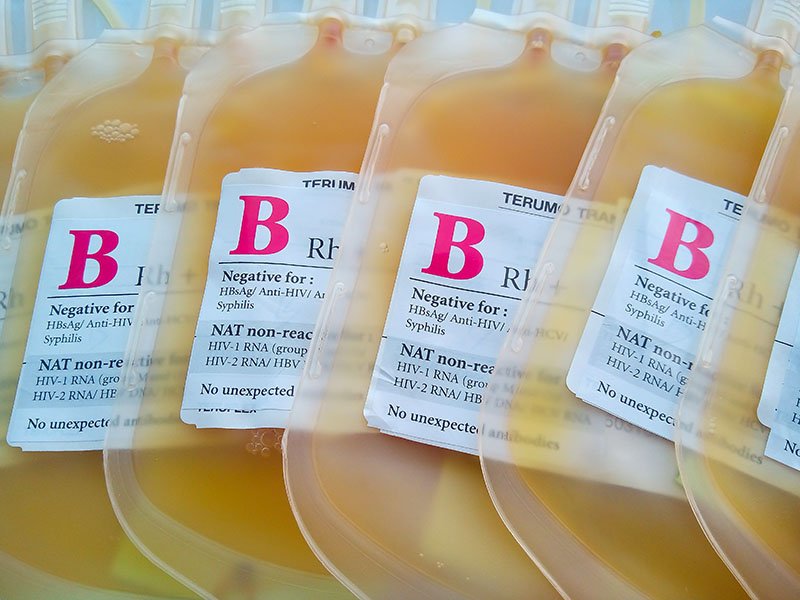The growing tension between Americans who want to stay in pandemic lockdown and those who want to reopen the economy is putting intense scrutiny on how to move forward in the COVID-19 era. Ideally, of course, everyone wants as little risk as possible. While an effective vaccine is considered the gold standard for a return to normalcy, much progress has been made on a different kind of therapy.
Monoclonal antibodies are a relatively new class of medication. First produced in 1975, they are now the basis for a few dozen therapeutic drugs. They work by binding to a specific molecule, such as the hallmark spike protein on the SARS-CoV-2 virus that causes COVID-19, and blocking that molecule from its otherwise normal interactions in the body. You can recognize these treatments easily: drugs with a name that ends with “mab” are monoclonal antibodies.

As new information emerges about the effectiveness of the antibody response in people infected with the SARS-CoV-2 virus — including a study showing that most people who tested positive produced antibodies — a monoclonal antibody treatment for this pandemic is growing more appealing. In theory, it could even be given prophylactically to high-risk individuals to create short-term protection against future infection.
One of the reasons that antibody therapy looks so promising is the success of an approach known as “convalescent plasma” therapy. Even before extensive studies have been completed to understand immune response to the SARS-CoV-2 virus, clinicians have operated on an age-old understanding of how our bodies respond to viruses. Assuming that at least some people who recovered from the virus went on to produce antibodies, researchers have collected plasma from recovered patients’ blood and injected it into someone still fighting the virus. Anecdotal evidence, in the form of very small studies, has shown positive outcomes from using such convalescent plasma therapy for COVID-19 patients.
Those results are “another strong indicator” that protective antibodies do exist that can fight this virus, says Gigi Gronvall, an immunologist and senior scholar at the Johns Hopkins Center for Health Security. She notes that scientists have already found some antibodies that can neutralize the COVID-19 virus, at least in cell studies. (That’s how one antibody-donating llama in Belgium recently found fame.)

The mounting evidence that an antibody could protect against the SARS-CoV-2 virus “also opens the door for monoclonal antibody therapies and prophylaxis,” Gronvall says. “It could be a promising step before you get to a vaccine, at least in protecting certain at-risk populations.” This kind of treatment might even be developed faster than a vaccine; one expert cites a timeline of several months, rather than a year or longer — the shortest conceivable timeline for a widely-available vaccine.
Still, a vaccine is the best bet for a post-pandemic future. The scientific community has responded with a slew of candidates in record time. “There’s a lot of shots on goal here,” Gronvall says. “The more candidates that go into the pipeline, the better.”
But that doesn’t mean we can count on a vaccine option anytime soon. The goal of having an effective vaccine available in 12 to 18 months, as many optimistic public health officials have estimated, is a huge push, since vaccine development times normally stretch much longer. Even under the best circumstances, vaccine development usually takes several years. “The science has been really blazing fast,” Gronvall says of the work done so far. But vaccine development and production involve challenges in engineering, manufacturing, licensing, and human testing. “It is definitely a much more complicated endeavor,” Gronvall explains.
Meredith Salisbury is Techonomy’s longtime medical and genomics correspondent.

















